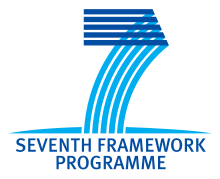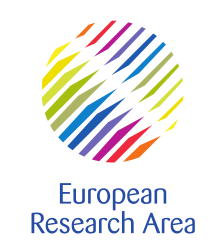Report on Long Term Impact of the Framework Programme published
Apr 2, 2012
Originally the Framework Programme (FP) intended to close a perceived ‘technology gap’, first with the USA and later with Japan, and to promote European competitiveness, especially in energy and Information Technology. The changing nature of global competition and the progress of the European project towards closer union have meant that the role of FP has evolved. Since the launch of the European Research Area (ERA) in 2000, the FP has been a component in a wider and increasingly well-articulated EU research and innovation policy.
This study is an initial exploration of longer-term impacts and of the usefulness of coupling scientometric techniques with a case-based approach to impact.The combination of methods has involved literature and document reviews, co-word analysis of project titles and abstracts in FP4-6, bibliometric analysis, interviews with Commission officials and Framework Programme project participants and six case studies of Framework Programme impacts.
This final report has confirmed that the Framework Programme is a strong force acting on Europeancompetitiveness in research and innovation, not only in the short- but also in the longer term. It funds leading individuals and organisations in European R&D communities. Its influence is so widespread that few leading organisations do not participate.
Read the complete report under the following link!
http://www.era.gv.at/attach/long_term_impact_of_the_fp.pdf
Back





